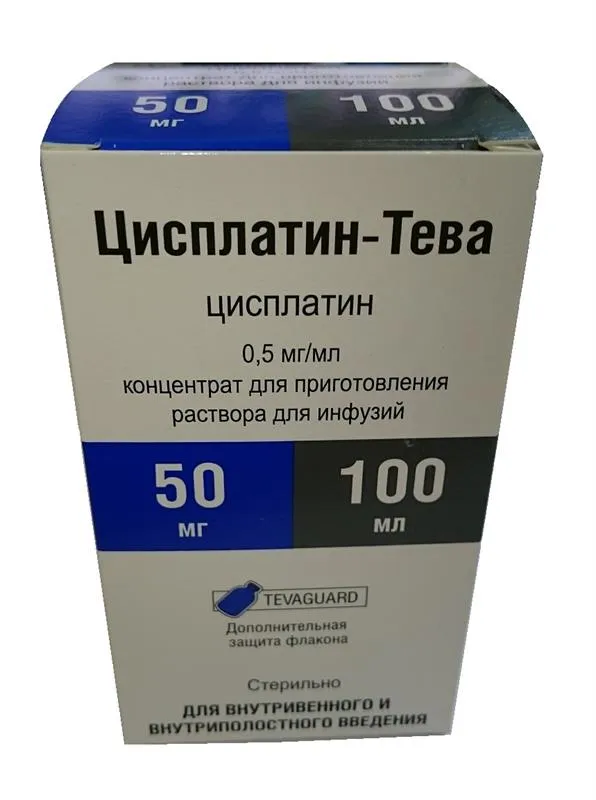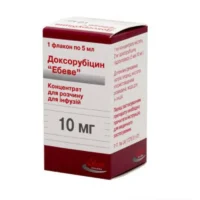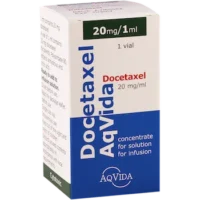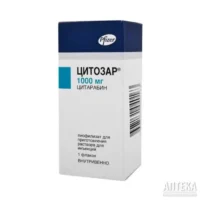Description
Cisplatin Concentrate for Infusions 1 mg/ml. 100 ml. (100 mg.) Vial №1
Ingredients:
Each ml contains 1 mg of cisplatin. Other ingredients may include sodium chloride, hydrochloric acid, and water for injections.
Mechanism of Action:
Cisplatin exerts its pharmacological effects by forming cross-links with DNA, leading to cell death. This mechanism makes it a potent cytotoxic agent against rapidly dividing cancer cells.
Pharmacological Properties:
Cisplatin is a platinum-based chemotherapy drug that disrupts DNA synthesis in cancer cells, ultimately causing cell death. It is classified as an alkylating agent and is known for its broad spectrum of antineoplastic activity.
Indications for Use:
Cisplatin is indicated for the treatment of various cancers, including testicular, ovarian, bladder, and lung cancers. It interferes with the growth and spread of cancer cells, making it an essential component of many chemotherapy regimens.
Contraindications:
Do not use cisplatin if you have a history of allergic reactions to platinum-containing compounds or if you have severe kidney problems. Prior to treatment initiation, thorough patient evaluation is necessary to identify contraindications and potential risks.
Side Effects:
Common side effects of cisplatin include nausea, vomiting, hair loss, and myelosuppression. It can also cause kidney damage, neurotoxicity, and ototoxicity. Patients may experience infusion reactions and electrolyte imbalances as well.
Usage Instructions:
The dosage of cisplatin is individualized based on the patient’s condition, weight, and overall health. It is typically administered intravenously by a healthcare professional in a hospital setting. Close monitoring is essential during treatment to manage potential side effects.
Benefits Compared to Analogues:
Cisplatin is a cornerstone in cancer therapy due to its proven efficacy and broad application across various malignancies. Its mechanism of action and synergistic effects in combination regimens make it a valuable asset in modern oncology.
Suitable Patient Groups:
Cisplatin is used in adult patients with various cancer types. Dosing adjustments may be necessary for elderly individuals or those with compromised renal function. Pediatric dosing should be carefully calculated based on weight and individual risk factors.
Storage and Shelf Life:
Cisplatin should be stored at controlled room temperature away from light and moisture. The shelf life of the product is typically indicated on the packaging and should be strictly adhered to.
Packaging Description:
The product is supplied in a vial containing 100 ml of cisplatin concentrate at a concentration of 1 mg/ml. Each vial is labeled with the necessary information regarding dosage, composition, and manufacturer details.
Clinical Evidence and Proven Effectiveness:
Studies have shown that cisplatin is effective in the treatment of various cancers. Research published in the Journal of Clinical Oncology demonstrated the efficacy of cisplatin in combination therapy for advanced bladder cancer.





